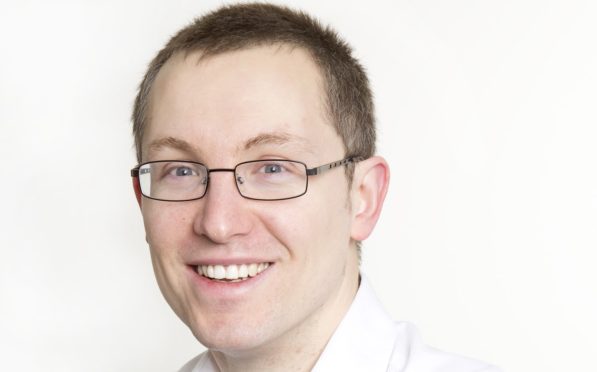One of Tayside’s leading coronavirus experts has said “professional football” offers the “best” example of test and protect in Scotland.
Professor James Chalmers, professor of respiratory research at the University of Dundee and consultant respiratory physician, said there was already “massive testing” underway in Scotland but called for even more to cut the transmission rate.
He told the BBC’s Good Morning Scotland programme that professional football provided a good example of an effective system in action.
He said: “Right now in Scotland I feel like the best test, trace and isolate system is in professional football where footballers are being tested constantly, so we’re not seeing outbreaks despite lots of contact, between young people.
“Countries that have really invested in their public health infrastructure and really invested in widespread testing, like South Korean, Taiwan, New Zealand and others, have really managed to control this virus and have economies that are largely open.”
He said testing in Scotland was “clearly massively increasing.”
“When you look at the number of tests that are being conducted across Scotland now, it’s an order of magnitude than it was earlier in the year, but it’s clear that we’re not doing enough to contain the spread of the virus.”
He agreed that Scotland should move closer towards testing systems in other countries, for example Italy where newborn children up to the age of six are receiving rapid testing.
He argued it was important to find a “sustainable” way of cutting the R number – the average number of people an infected person transmits the virus on to.
“The number of cases would come down but as soon as you lifted the circuit breaker, if we go back to the same measures that we have at the moment, and the r number is above 1, then cases will just rise again.
“What we really need to be doing is putting in place sufficient restrictions, test, trace and isolate, so the r number is kept sustainably below one and we can live with this virus without an exponential rise in cases,” he added.
The first minister Nicola Sturgeon has said that, although Scottish Government officials are investigating the option, no final decision has been made on a circuit breaker lockdown.
A Scottish Government spokesman did not respond before deadline, but the first minster wrote on social media last week Test and Protect is working “hard and well.”









